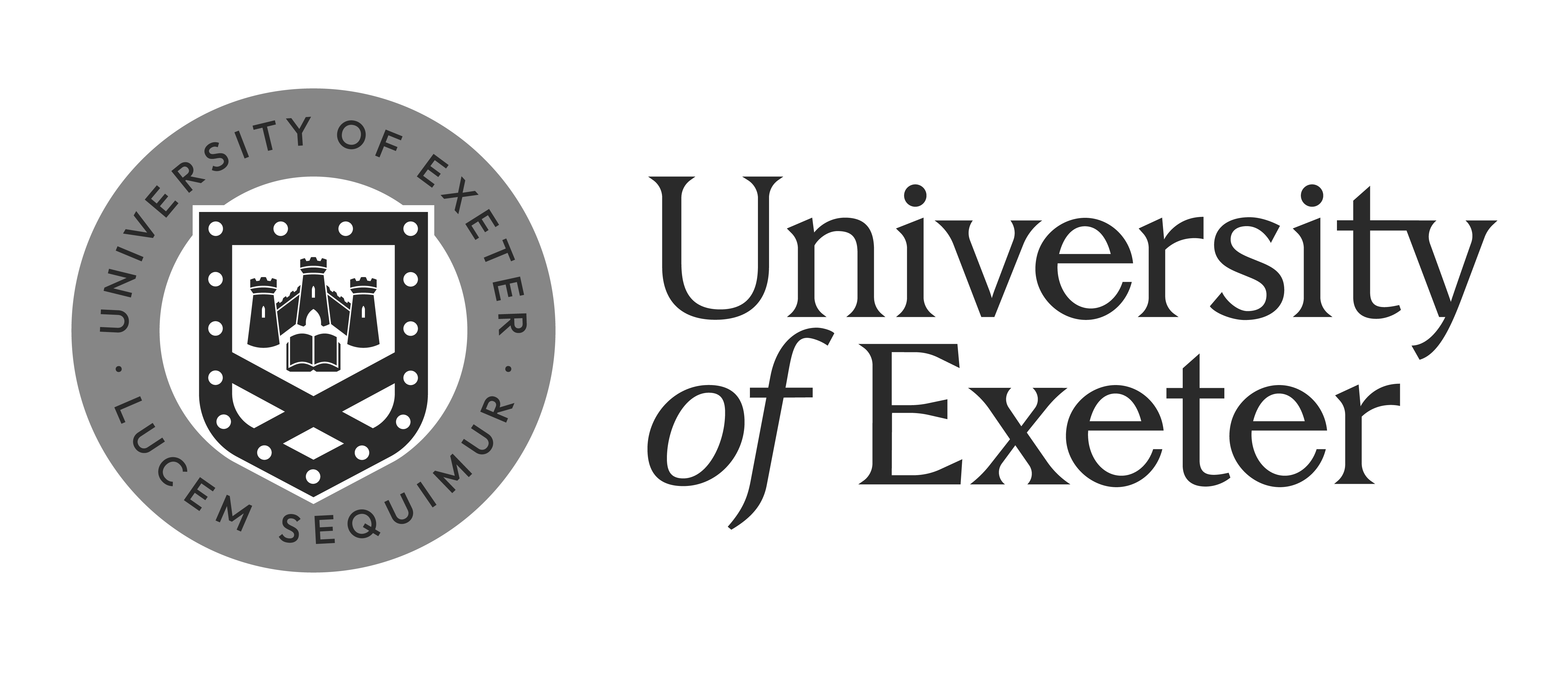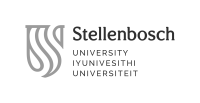F2517 A Matter of Life and Death: History of Pre-Modern Health in Eurasia
Professors
Schedule
Course description
The medicine and healthcare systems of the 21st century are the product of a long, complex history. To understand this evolution, we must explore how people—caregivers and patients alike—have perceived illness, health, and healing from antiquity to the rise of modern medicine in the 18th century.
This course examines medical practices, diseases, and patient experiences in pre-modern East Asia and Europe. Through case studies, we will explore how medical knowledge was shaped and applied in diverse historical contexts.
While disease and healing are universal, their interpretation and treatment vary. Medicine is deeply influenced by cultural, social, and political forces. The global response to COVID-19—reflected in differing views on masks, vaccines, and lockdowns—highlights this variability. By studying the past, we gain a richer understanding of how diverse perceptions and practices continue to shape health decisions today.
Learning Outcomes
Students will understand the scope of medical knowledge and the diversity of health practices across historical contexts. They will appreciate how today’s healthcare systems evolved through both innovation and failure, gaining a critical perspective on modern medicine. Weekly workshop-style “History Lab” sessions will introduce historical methods through close analysis of textual and visual primary sources.
Teaching and evaluation methods
The course is organized thematically to explore key topics in medical thought and practice across various historical contexts in Eurasia. We begin by examining conceptualizations of health, illness, life, and death. We then place medical knowledge in conversation with other systems of thought, survey major pre-modern medical traditions, and investigate diagnosis, treatment, epidemics, and healing spaces. The course concludes with a discussion on trust in medicine: trust in practitioners, knowledge, and the healing process.
Each week will include three core activities: First, critical discussions based on academic literature, with readings divided among students, each responsible for explaining their assigned portion to the class. Second, short presentations on contemporary media that connect to the week’s theme. Third, hands-on “History Lab” workshops, where we analyze primary sources and reconstruct aspects of pre-modern medical realities.
Assessment: Active contributions to class discussions (20% of the final grade) and to ‘historical labs’ (20% of the final grade); 5-minute presentations on relevant news reels (20% of the final grade); and a take-home exam at the end of the semester (40% of the final grade) requiring students to analyse a primary source related to Eurasian medical history.
Weekly topics and reading materials (divided among participants)
Week 1 // Introduction and framework: What is history of health? Where is Eurasia?
And when is the pre-modern period?
• Green, Monica H. “'History of Medicine' or 'History of Health'?” Past and Future 9 (2011), pp. 7-9.
• Cole, Thomas R., Nathan S. Carlin, and Ronald A. Carson. Medical Humanities: An Introduction. New York: Cambridge University Press, 2015. “Introducing Medial Humanities.” Pp. 1-15.
• History Lab: Patients’ experiences as history of medicine – excerpts from primary sources will be posted on Moodle.
Week 2 // What were health and illness? What were life and death?
• Sontag, Susan. Illness as Metaphor. New York, 1979.
• Kuriyama, Shigehisa. The Expressiveness of the Body and the divergence of Greek and Chinese Medicine. New York: Zone Books, 1999. “Preface,” pp. 7-13.
• Richardson, Kristina. “Disability? Perspectives On Bodily Difference from the Middle East,” in Why the Middle Ages Matter; Medieval Light on Modern Injustice, eds. Celia Chazelle, Simon Doubleday, Felice Lifshitz, and Amy G. Remensnyder. London and New York: Routledge, 2012. Pp. 121-129.
• Metler, Irina. Disability in Medieval Europe; Thinking about Physical Impairment during the High Middle Ages, c. 1100-1400. London and New York: Routledge, 2006. “Introduction,” pp. 1-10.
• History Lab: Determining the moment of death and the challenge of brain death – excerpts from primary sources will be posted on Moodle.
Week 3 // What was medicine?
• Dear, Peter. “What is the History of Science the History of? Early Modern Roots of the Ideology of Modern Science,” Isis 96 (2005), pp. 390-406.
• History Lab: A learned physician’s definition of medicine – excerpts from Avicenna’s Canon of Medicine (early 11th century) will be posted on Moodle.
Week 4 // What were the perceptions of medicine and illness in different medical systems?
• Gentilcore, David. “Was There a ‘Popular Medicine’ in Early Modern Europe,” Folklore 115 (2004), pp. 151-166.
• Gesler, Wilbert M. Healing Places. Lanham, Md.: Rowman & Littlefield, 2003. Chp. 2 “Epidauros: Asclepius and Dream Healing,” pp. 21-41.
• Yoeli-Tlalim, Ronit. “Galen in Asia?” in Brill’s Companion to the Reception of Galen, eds. Petros Bouras-Vallianatos and Barbara Zipser, Brill’s Companions to Classical Reception 17 (Leiden and Boston: Brill, 2019), pp. 594–608.
• History Lab: ‘Hua T’o,” in Kenneth J. DeWoskin, trans., Doctors, Diviners, and Magicians of Ancient China: Biographies of Fang-shih. New York: Columbia University Press, 1983. Pp. 140-153.
Week 5 // How was illness diagnosed?
• Johnston, Ian and Niki Papavramidou. Galen on the Pulses: Medico-Historical Analysis, Textual Tradition, Translation. Berlin and Boston: De Gruyter, 2024. Chap. II “Medico-historical Analysis,” pp. 6-40.
• Kassell, Lauren. “Fruitful Bodies and Astrological Medicine,” in Reproduction: Antiquity to the Present Day, eds. Nick Hopwood, Rebecca Flemming and Lauren Kassell. Cambridge: Cambridge University Press, 2018. Pp. 225-240.
• History Lab: The Urine Wheel – an image will be posted on Moodle.
Weeks 6 & 7 // What were the principles and methods of treatment?
• Gentilcore, David. Food and Health in Early Modern Europe: Diet, Medicine and Society, 1450–1800. London and New York: Bloomsbury, 2016. Chp. 1 “Healthy Food: Renaissance Dietetics, C.1450–C.1650,” pp. 9-26; Chp. 2 “Rich Food, Poor Food: Diet, Physiology and Social Rank,” pp. 27-48.
• Savage-Smith, Emilie. “Were the Four Humours Fundamental to Medieval Islamic Medical Practice?,” in The Body in Balance: Humoral Medicines in Practice, eds. Peregrine Horden and Elisabeth Hsu (New York and Oxford: Bergahn, 2013), pp. 89-106.
• Chipman, Leigh N.B. “How Effective Were Cough Remedies Known to Medieval Egyptians,” Korot, 16 (2002), pp. 135-157.
• Savage-Smith, Emilie. “The Practice of Surgery in Islamic Lands: Myth and Reality,” Social History of Medicine, 13 (2000), 307-321.
• History lab: Amulets for the protection of women and newborn children and instructions for acupuncture – images will be posted on Moodle.
Week 8 // Who were the healers?
• Palmer, Richard. “Medicine at the Papal Court in the Sixteenth Century”, in Medicine at the Courts of Europe, 1500-1837, ed. Vivian Nutton. London and New York, 1990. Pp. 49-78.
• Rawcliffe, Carole. “The Profits of Practice: The Wealth and Status of Medical Men in Later Medieval England,” Social History of Medicine 1 (1988), pp. 61-78.
• Porter, Roy. Quacks: Fakers & Charlatans in English Medicine. Stroud: Tempus, 2000. Chp. 3, “The Career of Quacks,” pp. 63-86.
• History lab: The woes of a pre-modern medical career – excerpts from primary sources will be posted on Moodle.
Week 9 // What were the illnesses?
• Marcus, Abraham. The Middle East on the Eve of Modernity; Aleppo in the Eighteenth Century. New York: Columbia University Press, 1989. Chp. 7 “The Body: Health, Disease, and Death,” pp. 252-276.
• History lab: King George III’s madness – links to on-line exhibitions from the Georgian Papers Programme will be posted on Moodle.
Week 10 // What were the epidemics of the past?
• Green, Monica H. "Climate and Disease in Medieval Eurasia," in Oxford Research Encyclopedia of Asian History
• History Lab: Spread of the Black Plague interactive map – a link will be posted on Moodle.
Week 11 // What were the healing sites?
• Cavallo, Sandra. “Charity, Power, and Patronage in Eighteenth-Century Italian Hospitals: The Case of Turin,” in The Hospital in History, eds. Lindsay Granshaw and Roy Porter. London and New York: Routledge, 1989. Pp. 93-122.
• Gesler, Wilbert M. Healing Places. Lanham, Md.: Rowman & Littlefield, 2003. Chp. 3 “Bath: Healing Mineral Springs,” 43-63.
• History lab: Inside the early modern sickchamber – a link to an article on objects in the sickroom will be posted on Moodle.
Week 12 // Conclusion: Why trust and believe doctors?
• Stegenga, Jacob. Medical Nihilism. Oxford: Oxford University Press, 2018. “Introduction,” 16-38.
• History Lab: Practical Doctor's Ethics and malpractice suits – excerpts from Ishaq Ibn Ali al-Ruhawi’s 9th century Practical Medical Deontology and cases from Italian courts will be posted on Moodle.
Last updated: July 21, 2025


















